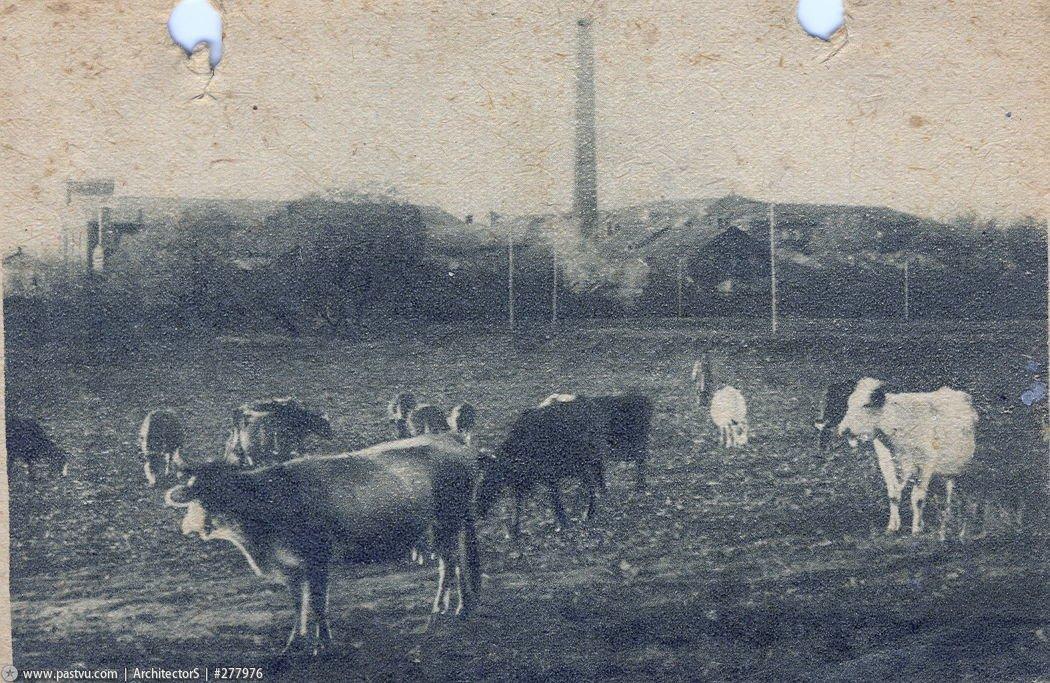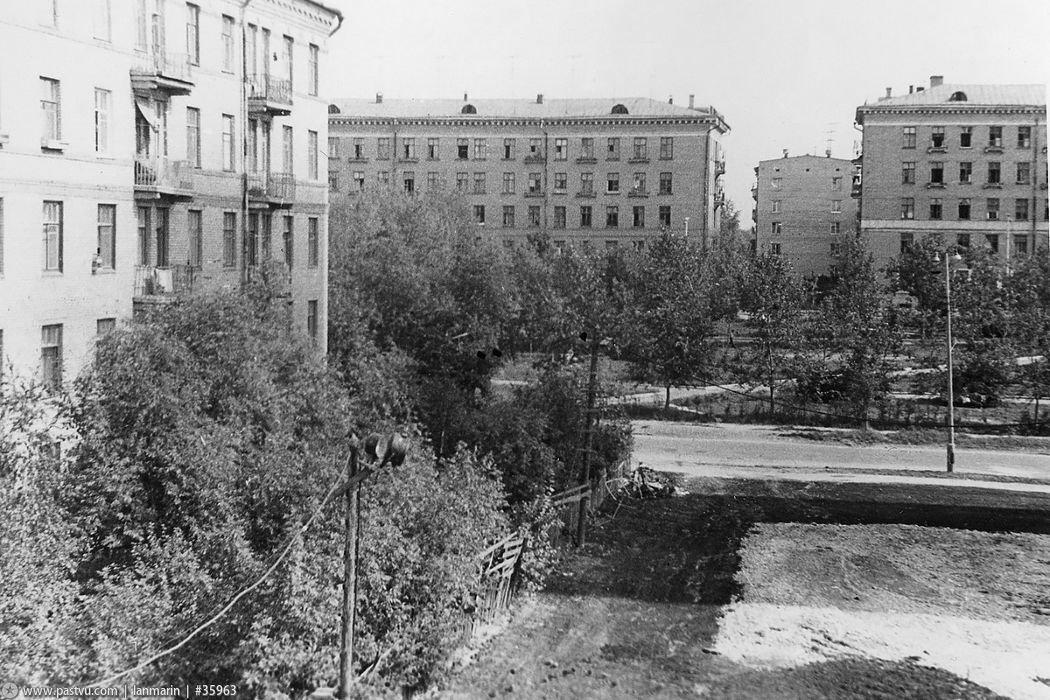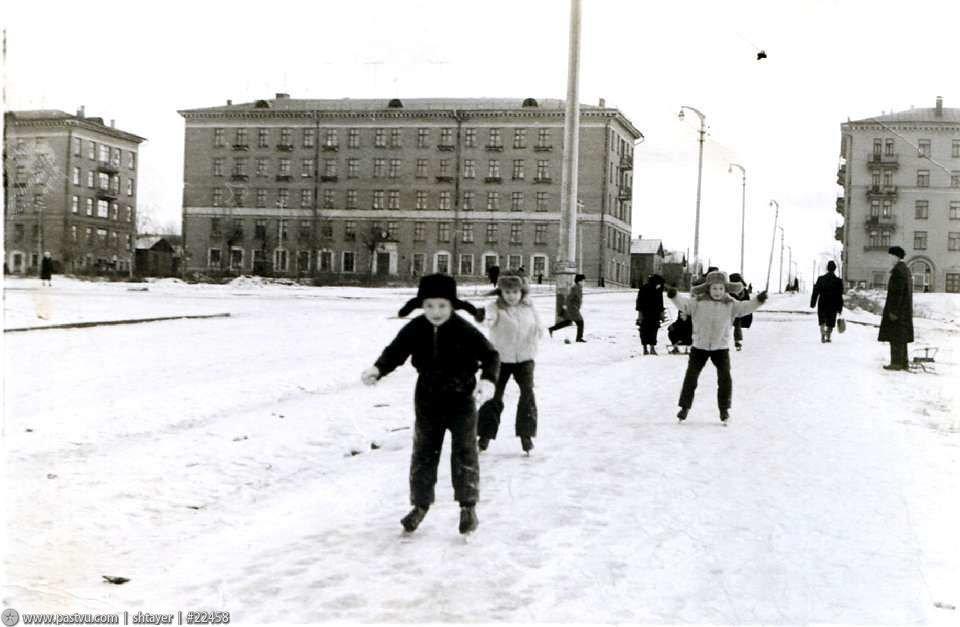Местность, где старая Троицкая дорога (сейчас – проспект Мира) пересекает реку Яузу, с середины 15 века до середины 18-го было владением Троице-Сергиева монастыря. Здесь находилось село Ростокино, в 20-м веке вошедшее в черту Москвы и ставшее одним из городских районов Северо-Восточного округа.
Будучи монастырским, село долгое время не облагалось налогами и податями, что способствовало его обогащению и росту. Здесь имелось монастырское стадо коров и мельница на Яузе, доход монастырю также приносил перевоз через реку, действовавший весной. В 1552 г. московский народ встречал здесь царя Ивана Грозного из победного Казанского похода. Карамзин пишет, что приближаясь к Москве, царь увидел на берегу Яузы множество народа, оставался только узкий проход для царя и его дружины.
В конце 16 века в селе имелась деревянная церковь Воскресения Христова и колокольня с четырьмя колоколами. В Смуту, как и многие другие сёла вокруг Москвы, Ростокино было разорено и сожжено, но восстановлено к середине 17-го века. Церковь простояла до 1780-х гг., когда она была разобрана за ветхостью. На месте церкви поставили часовню, которую приписали к приходу соседнего села Леонова. Часовню разобрали в 1926 г.
В 1764 г., манифестом о секуляризации церковных земель, Ростокино отошло казне в ведомство Коллегии экономии. Через 15 лет было решено провести по его территории Мытищинский водопровод и начато строительство. До сегодняшнего дня сохраняется единственное в Москве инженерное сооружение подобного рода – Ростокинский акведук.
The area where the old Trinity Road (now - Prospect Mira) crosses the river Yauza, with the mid-15th century to the mid 18th was the possession of the Trinity-Sergius Monastery. There was a village Rostokino, in the 20th century went down in the line of Moscow and became one of the urban areas of the North-Eastern District. As the monastery, the village for a long time are not subject to taxes and duties, which contributed to its enrichment and growth. Here there was a herd of cows and monastic mill on Jauze income monastery also brought transportation across the river in force in the spring. In 1552. Moscow met people here Tsar Ivan the Terrible of the victorious Kazan campaign. Karamzin writes that approaching Moscow, the king saw on the shore Yauza a lot of people, there was only a narrow passage for the king and his retinue. In the late 16th century in the village there was a wooden church of the Resurrection and the bell tower with four bells. In the Time of Troubles, like many other villages around Moscow, Rostokino was destroyed and burned, but restored to the mid-17th century. The church stood until the 1780s. When she was pulled because of decay. At the site of the church put a chapel, which is attributed to the arrival of the neighboring village Leonov. Chapel was dismantled in 1926. In 1764., The manifesto of the secularization of church lands, Rostokino departed treasury department in the College of savings. After 15 years, it was decided to carry out on its territory Mytishchi water supply and the construction. To this day, preserved only in Moscow engineering structure of this kind - Rostokino Aqueduct.



















